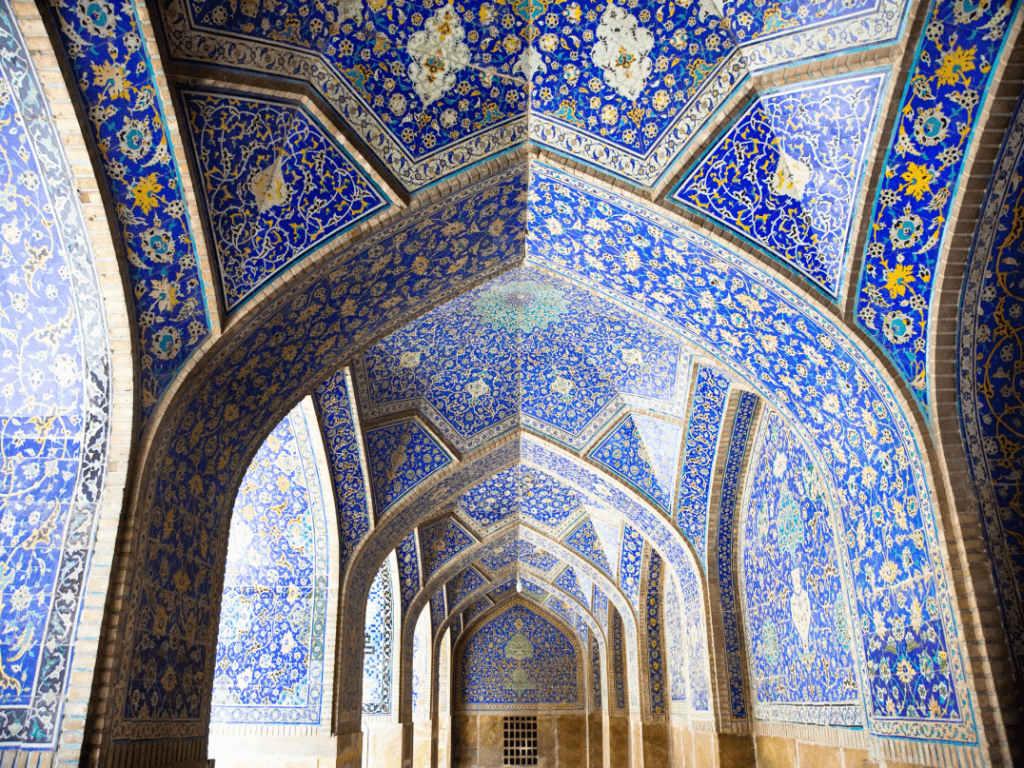Welcome to a fascinating exploration of Arabic pottery! More than just functional objects, Arabic ceramics represent a rich artistic heritage, reflecting the creativity, skill, and cultural influences of the Arab world throughout history. From simple earthenware to intricately decorated masterpieces, Middle Eastern pottery and Islamic ceramics tell stories of trade, innovation, and the enduring human connection to clay. Join us as we delve into the beauty and history of this captivating art form.
A Legacy in Clay: The History of Arabic Pottery
- Early Beginnings: Simple earthenware vessels were among the earliest forms of Arabic ceramics, serving essential daily needs.
- Islamic Golden Age: The Islamic Golden Age (roughly 8th to 13th centuries) witnessed a remarkable flourishing of Islamic ceramics. Artists experimented with new techniques, glazes, and decorative styles, elevating pottery to a high art form.
- Regional Styles Emerge: Over time, distinct regional styles of Middle Eastern pottery developed, each reflecting local materials, aesthetics, and cultural influences. From the vibrant colors of Persian pottery to the intricate geometric patterns of North Africa, diversity became a hallmark.
- Influence of Trade: Trade routes played a significant role in the evolution of Arabic pottery, introducing new materials, techniques, and decorative motifs from China, Byzantium, and beyond.
Hallmarks of Arabic Ceramics: Techniques and Styles
Arabic pottery is characterized by a variety of techniques and decorative styles that have evolved over centuries:
- Earthenware: Pottery fired at lower temperatures, often porous and typically glazed. Early Arabic ceramics were often earthenware.
- Stoneware: Denser and more durable than earthenware, fired at higher temperatures. Stoneware became more prevalent in later periods of Islamic ceramics.
- Glazing: A crucial aspect of Arabic pottery, glazing not only waterproofs the vessels but also provides a surface for decoration. Various types of glazes were developed, including lead-based, alkaline, and tin-opacified glazes, which allowed for vibrant colors and intricate designs.
- Decoration: Arabic ceramics are renowned for their diverse decorations:
- Geometric Patterns: Intricate geometric designs, often inspired by Islamic art and mathematics, are a common motif.
- Arabesque: Flowing, curvilinear patterns featuring stylized plant forms are another signature of Islamic ceramics.
- Calligraphy: The beautiful art of Arabic calligraphy was frequently incorporated into pottery decoration, often featuring religious verses, proverbs, or blessings.
- Figural Decoration: While sometimes discouraged in religious contexts, figural representations of humans and animals appeared in certain periods and regions of Middle Eastern pottery, particularly before the full establishment of Islamic orthodoxy or in secular wares.
- Lusterware: A particularly prized technique in Islamic ceramics, lusterware involves painting metallic pigments onto glazed surfaces and firing them again to create a shimmering, iridescent effect.
Regional Gems: Exploring Diverse Middle Eastern Pottery
The vastness of the Arab world has given rise to distinct regional traditions in Middle Eastern pottery:
- Persian Pottery: Known for its vibrant colors, intricate figural scenes (in earlier periods), and later for its elegant floral and arabesque designs, often using the cuerda seca (dry cord) technique.
- Egyptian Pottery: From ancient faience to later Islamic wares, Egyptian Arabic ceramics show a continuity of artistic expression, with influences from Coptic and Islamic art.
- Syrian Pottery: Damascus and Raqqa were important centers for Islamic ceramics, known for their vibrant turquoise, cobalt blue, and manganese purple glazes, as well as intricate underglaze painted designs.
- North African Pottery: Regions like Morocco and Tunisia boast distinct traditions with bold geometric patterns, earthy colors, and often a more rustic aesthetic in their Arab pottery.
- Pottery of Islamic Spain (Al-Andalus): Characterized by its innovative use of lusterware and intricate geometric and arabesque designs, often displaying a fusion of Islamic and local Iberian traditions.
The Enduring Legacy of Arabic Ceramics
Arabic pottery continues to be a vibrant art form today. Contemporary artists draw inspiration from historical techniques and designs while also pushing the boundaries of creativity. Their work reflects a deep connection to the past and a desire to express modern artistic visions through the timeless medium of clay.
Exploring Arabic ceramics offers a tangible link to the rich cultural heritage of the Arab world. The beauty, skill, and history embodied in these objects provide a deeper understanding of the region’s artistic soul.
To further enrich your understanding of Arab culture and the Arabic language, we invite you to visit www.kaleela.com. Our platform offers engaging lessons and cultural insights to enhance your learning experience. Download the Kaleela Arabic learning app today and discover the fascinating stories told through the enduring art of Arabic pottery!



